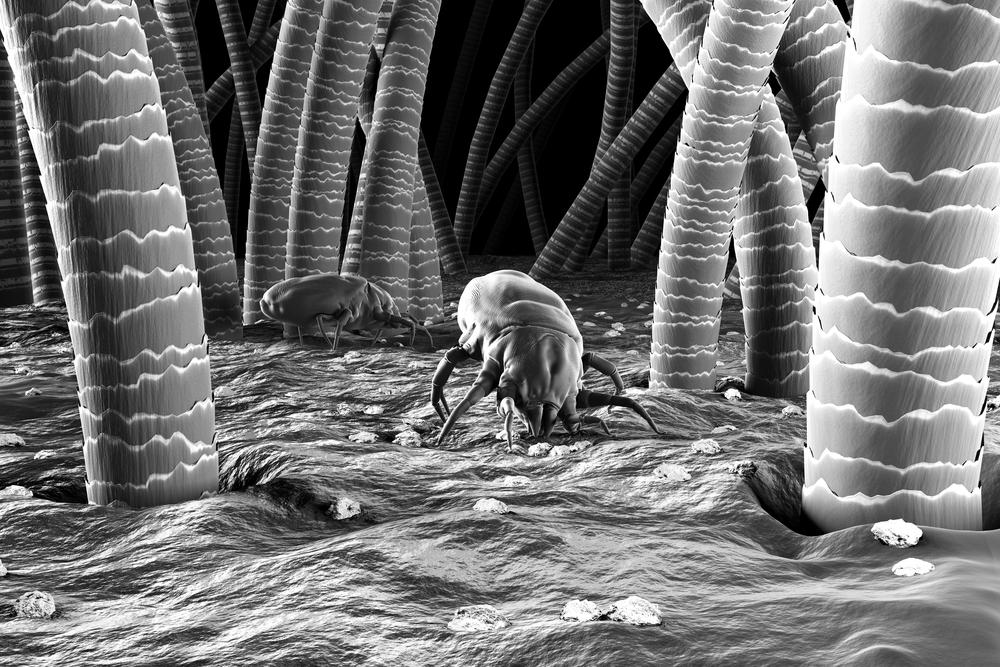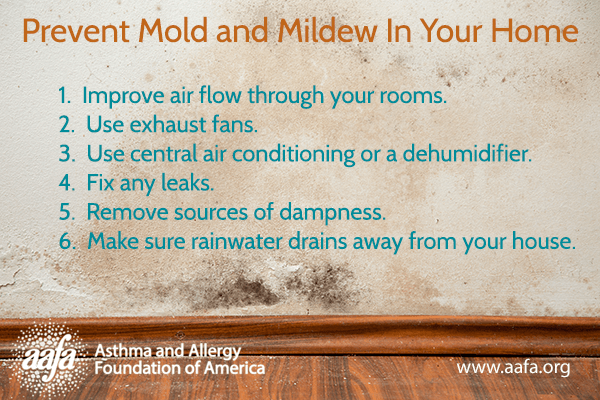When the temperatures drop, many seasonal allergy sufferers breathe a sigh of relief. No more ragweed! Pollen, begone! But don’t put away the tissues just yet. Winter brings its own challenges for our patients with asthma and allergies.
Here are some simple ways to reduce indoor allergens and triggers this winter:
Control dust mites and dander.
Dust mites are the main culprit of indoor allergies. These tiny little buggers are invisible to the naked eye, but they pack a punch for allergy sufferers. That’s why it’s important to reduce their populations as much as possible.

And what about the pets you chose to have? Well, dogs and cats continue shedding throughout the winter (sometimes even more than summer, because they’re indoors.) So you need to make sure pets are bathed or groomed regularly, and take steps to reduce pet dander in your home.

The following tips will help keep your home free of dust and dander:
- Keep “stuff” to a minimum: Hop on the minimalism trend! Go Marie Kondo on everything! Clear away the clutter so dust doesn’t have a chance to gather.
- Dust and sweep hard surfaces frequently: This is the easiest way to get rid of indoor allergens. Be sure to get into the corners where dust and dander tend to build up.
- Vacuum carpets: Carpets may be cozy to cold feet in winter, but they harbor a host of allergens. Consider replacing carpets with hard flooring, especially in the bedroom. If replacement isn’t possible, vacuum frequently with a HEPA filter.
- Wash or vacuum soft surfaces: Remember Grandma’s plastic-covered couches? She may have been onto something. If plastic covers aren’t your style, use a hand-held vacuum to on furniture and wash window treatments whenever possible.
- Strip beds weekly and wash sheets in hot water (130+ degrees): We sleep for 7 hours a night, on average — to say nothing of the common pre-bedtime Netflix ritual. All that time, just breathing in allergens. According to WebMD, hot water is the most effective way to kill dust mites and strip dander from your sheets.
And one more BIG tip to reduce indoor allergens in your whole house:
Change up your air filters! When’s the last time you changed the air filters on your heating or air conditioning vents? What color was it? Black or gray with dust and gunk? EWWW, you could have been breathing that in!
Replacing your air filters can make a huge difference in reducing indoor allergens. Every 2 months is ideal, but you may need to bump it up to once a month during high-use seasons, or if you’re seeing dust buildup in your home. (You don’t even have to spring for the fancy HEPA filters in this case. If you’re trying to keep costs down, choose a cheaper filter and change it more frequently.)
Air filters can also fight against another major winter allergen: MOLD.
Reduce mold by controlling humidity.
Winter air tends to be dry, causing dry coughs and scratchy throats. But although you need some moisture in your home, a warm, high-humidity atmosphere promotes dust mites and mold growth.
The following tips will help keep your home free of mold:
- Keep your house clean: All the tips that work for reducing dust mites and pet dander can also help reduce mold! Go ahead, read the list again.
- Use a dehumidifier: Dehumidifiers remove water from the air, which is especially important in basements where airflow is low and moisture is high.
- Try an air purifier: Paired with a dehumidifier, air purifiers can significantly improve the quality of air in areas such as basements. You can also use an air purifier in high-traffic areas of your home to keep the air free of allergens and even germs — very helpful in the winter, when colds are common! We recommend using a HEPA filter for best results.
- If you must use a humidifier, make sure to clean it frequently (daily, if possible) and refill with clean water only. Here are some guidelines on cleaning your humidifier.
But don’t just take our word for it — here’s what The Asthma and Allergy Foundation of America (AAFA) has to say about reducing mold:

Indoor allergens may pose a challenge for allergy sufferers, but with these tips, you can be well on your way to enjoying the long, cold months indoors. Now go get yourself a cup of hot cocoa, and have yourself a warm, cozy winter!

